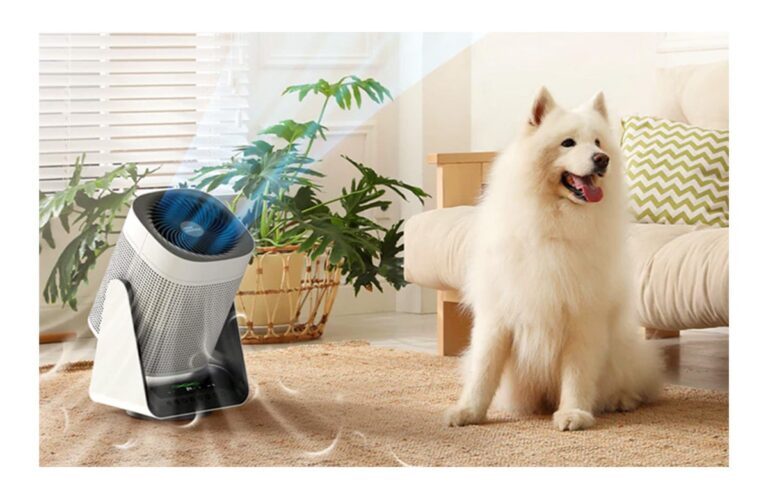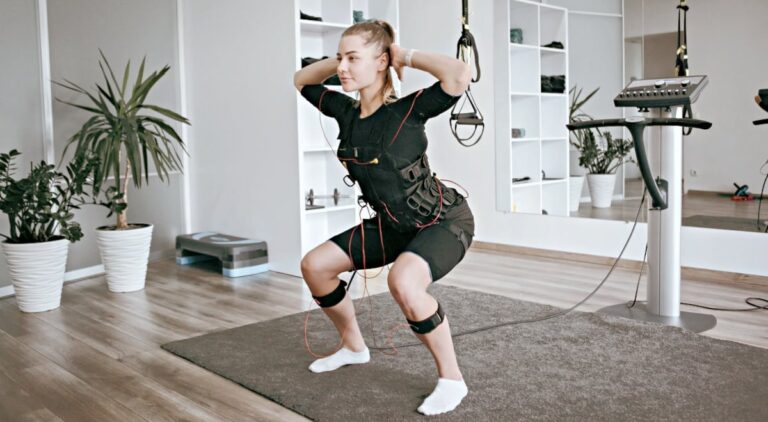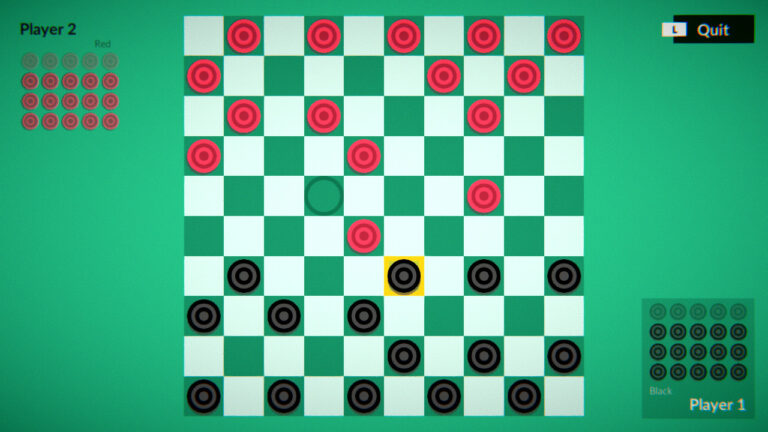Pets, particularly young and curious ones, are prone to chewing or swallowing household items, which can be dangerous or even fatal. To prevent this, it’s crucial to store medications, small batteries, sharp objects, and other hazardous materials in secure, unreachable places. Utilize high shelves or closed cabinets and consider child-proof locks for lower cabinets, especially those containing chemicals or potentially dangerous substances. Be mindful of leaving small, chewable items like coins, jewelry, or small toys within your pet’s reach. A proactive approach in organizing and securing these items goes a long way in ensuring the safety and well-being of your beloved pets.
Hidden Dangers: Identifying and Eliminating Common Pet Toxins in Your Home
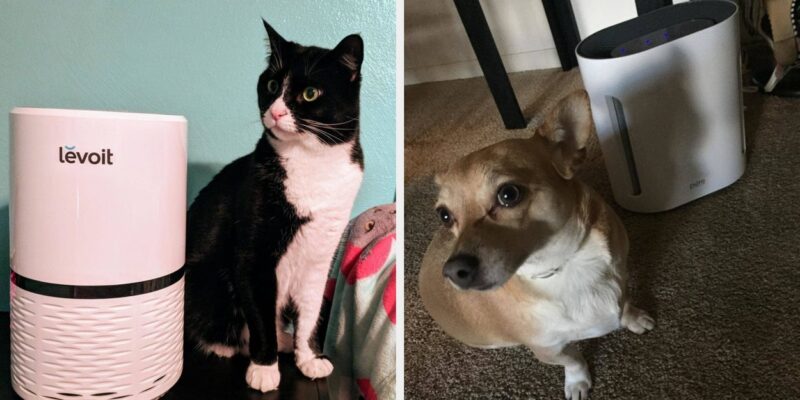
Many everyday household items and foods are unexpectedly toxic to pets. Plants such as lilies, sago palms, and poinsettias can cause serious harm or even be fatal if ingested by pets. Foods like chocolate, xylitol (commonly found in sugar-free gum), grapes, raisins, onions, and garlic are also harmful and should be kept well out of reach. Be particularly vigilant about securing trash cans and ensuring that food scraps are not accessible. Regularly check your home for any fallen food items or accessible plants. In case of suspected ingestion of a toxin, immediate consultation with a veterinarian is crucial. Awareness of these dangers and preventive measures are essential in creating a safe living environment for your pets.
Cord and Cable Management: Preventing Pets from Chewing on Wires and Cables
Exposed wires and cables not only pose a tripping hazard but are also a significant risk for pets who might chew on them, leading to serious injuries or electrocution. To mitigate this risk, organize and conceal cords and cables using cord covers or conduits. Additionally, consider using bitter-tasting sprays designed to deter pets from chewing. Routinely inspect your home for any loose or dangling wires that might attract your pet’s attention. Securely fastening cords to walls or furniture and keeping them out of sight not only maintains a tidy home but also ensures the safety of your furry companions. In areas where wire exposure is unavoidable, frequent monitoring and pet supervision are advised.
The Benefits of Air Purifiers: How They Improve Indoor Air Quality for Both Pets and Humans
Air purifiers, such as this product, can significantly enhance the quality of indoor environments for both pets and their owners. These devices remove contaminants like dust, pollen, and pet dander from the environment, which is especially beneficial for individuals with allergies or respiratory issues. They also help reduce odors and the spread of airborne pathogens. A cleaner environment contributes to better overall health and wellbeing for both pets and humans. Investing in an air purifier is a proactive step in maintaining a healthy home.
When selecting an air purifier for a home with pets, consider factors like the size of the room, the type of filter, and the specific needs of your household. Look for purifiers with HEPA filters, which are effective at capturing pet dander, hair, and other allergens. The size of the purifier should match the room it will be used in to ensure efficiency. Some models come with additional features like odor eliminators and UV sanitizers. Research and compare different models and brands to find the one that best suits your home’s needs.
Regular maintenance is essential to keep your air purifier functioning effectively. Follow the manufacturer’s instructions for cleaning and replacing filters. Some filters are washable, while others require regular replacement. Keep the exterior of the purifier clean and ensure it’s placed in a location where air can circulate freely around it. Avoid placing it near curtains or furniture that could block airflow. Regular maintenance not only prolongs the life of your air purifier but also ensures optimal performance, contributing to a healthier home environment for you and your pets.
Pet-Proofing the Kitchen: Keeping Your Furry Friends Away from Harmful Foods and Utensils
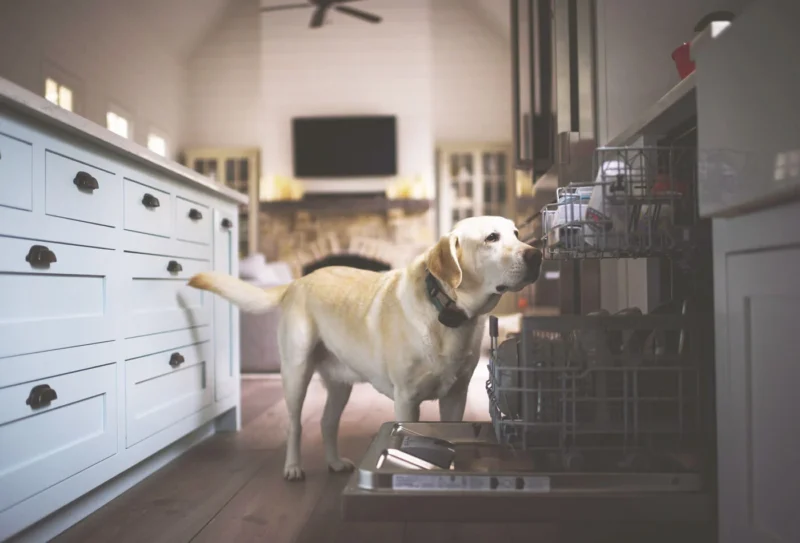
The kitchen can be a minefield of dangers for pets. Sharp utensils, hot surfaces, and harmful foods are all potential hazards. Keep knives, forks, and other sharp tools in drawers or holders, out of your pet’s reach. Be cautious with hot stoves and ovens, and consider using safety gates to restrict access to the kitchen when cooking. Foods like chocolate, grapes, and onions are toxic to pets, so ensure that food is stored securely and that scraps are not left within reach. Always close the trash can tightly, as its contents might attract your pet and contain harmful substances. Educating all household members about these precautions ensures a safer environment for your pets.
Garden and Yard Safety: Creating a Pet-Friendly Outdoor Space
Outdoor spaces can be wonderful for pets but also present various hazards. Ensure that your garden or yard is securely fenced to prevent your pet from wandering off. Be cautious with the use of pesticides, herbicides, or fertilizers, as these can be toxic to pets. Opt for pet-friendly alternatives when possible. Regularly check for and remove any harmful plants or objects that your pet might ingest. Providing a shaded area and access to fresh water is essential, especially during hot weather, to prevent overheating and dehydration. Regular inspections and maintenance of your outdoor space are key to creating a safe and enjoyable environment for your pets.
Effective Crate Training: The Importance of a Safe Haven for Your Pet
Crate training is a beneficial method to ensure your pet has a safe, comfortable space of their own. A crate offers a sanctuary for your pet, reducing anxiety and providing a safe retreat during stressful situations. Start by choosing a crate that is the right size for your pet, allowing them to stand, turn around, and lie down comfortably. Introduce the crate gradually, using positive reinforcement like treats and praise to create a positive association. Never use the crate as a punishment. With patience and consistency, your pet will learn to view their crate as a secure and peaceful space, beneficial for both their well-being and your peace of mind.
Safe Playtime: Choosing the Right Toys and Supervising Play to Avoid Accidents
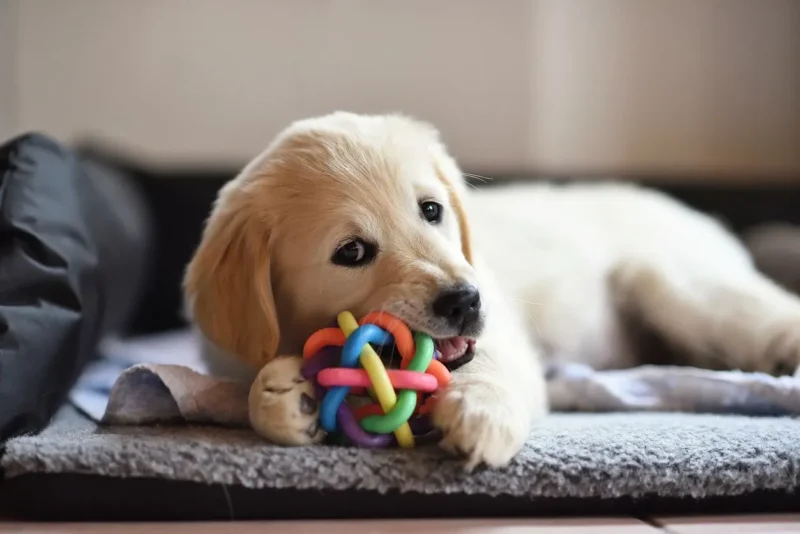
Playtime is essential for your pet’s physical and mental health, but safety should always be a priority. Choose toys that are appropriate for your pet’s size and chewing habits. Avoid toys with small parts that could be swallowed or choked on. Regularly inspect toys for signs of wear and tear, replacing them when necessary. Supervision during playtime is crucial, especially with new toys or when pets are interacting with children. Engage in interactive play to strengthen your bond with your pet and to monitor their play for safety. Safe playtime practices ensure a fun and secure environment for your pet’s physical and mental stimulation.
Pet-Proofing Furniture: Strategies for Protecting Your Home Furnishings
Pets can unintentionally damage furniture through scratching, chewing, or accidents. To protect your furniture and keep up with the latest pet fashion trends, consider using covers or throws that are not only functional but also stylish and easy to clean. Provide your pet with suitable alternatives, like trendy scratching posts for cats or fashionable chew toys for dogs. Regular grooming, including nail trimming, can reduce the damage caused by scratching while ensuring your pet is always looking their best.
Incorporating pet fashion into their accessories, such as collars or stylish bed covers, can add a touch of flair to your living space. Training your pet to avoid certain pieces of furniture or to use their own bed can also be a fashionable endeavor. Be patient and consistent with training, using positive reinforcement to encourage good behavior and a stylish appearance. Striking a balance between protecting your furniture and staying on top of pet fashion trends enhances the cohabitation experience, allowing you and your pet to live in comfort and style.
Effective Training Techniques: How Positive Reinforcement Can Prevent Destructive Behavior
Positive reinforcement is a powerful tool in training your pet and preventing destructive behavior. This method involves rewarding desired behaviors, making them more likely to be repeated. Use treats, praise, or play as rewards for good behavior. Consistency is key; ensure that all family members use the same commands and rewards. Avoid punishment, which can lead to fear and aggression. Training sessions should be short, fun, and frequent to keep your pet engaged. Positive reinforcement strengthens the bond between you and your pet and promotes a harmonious household.

